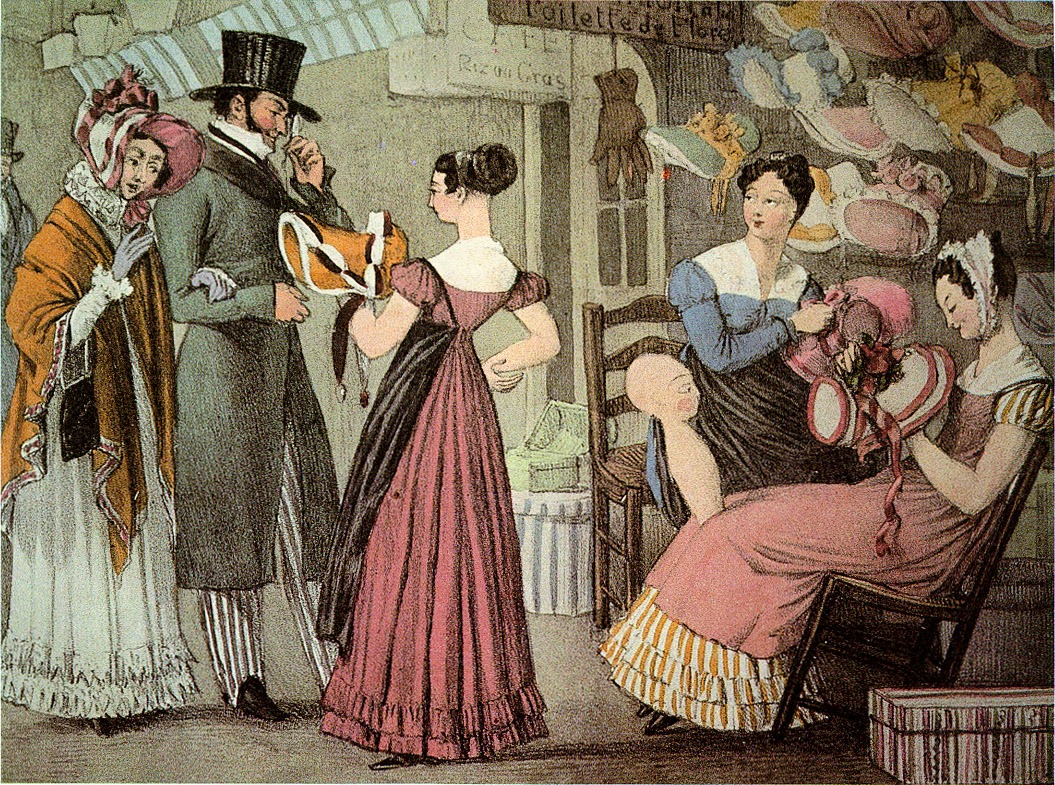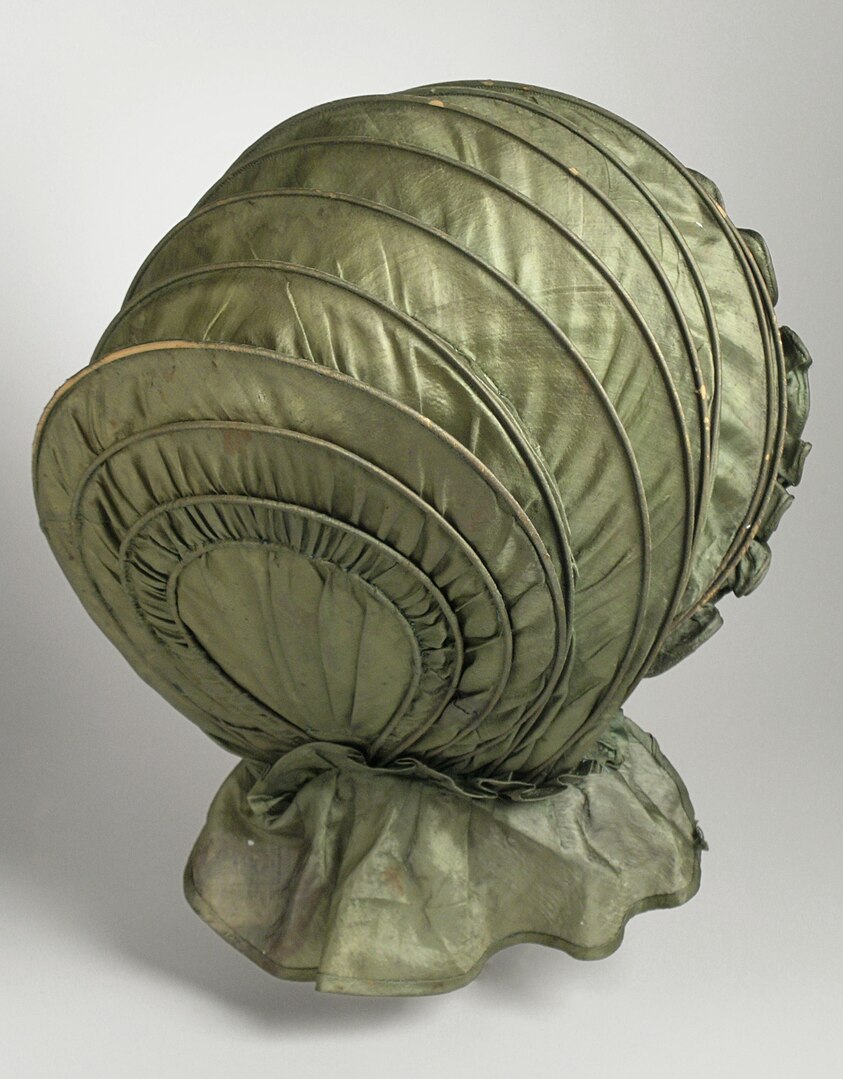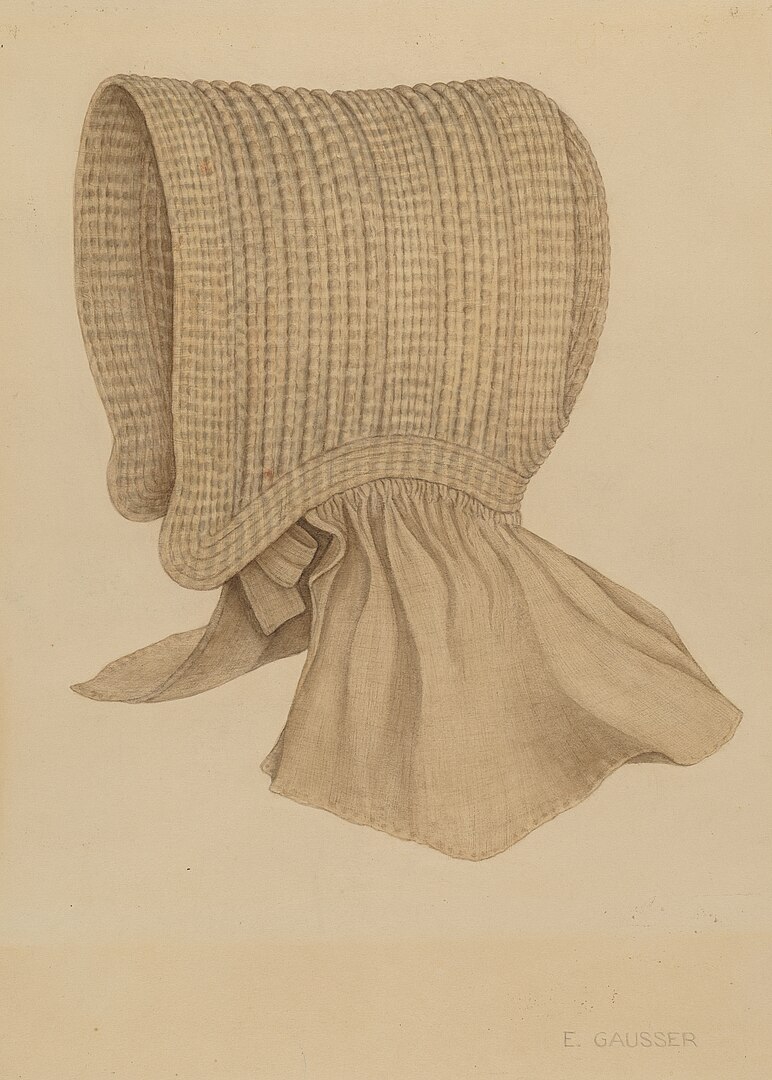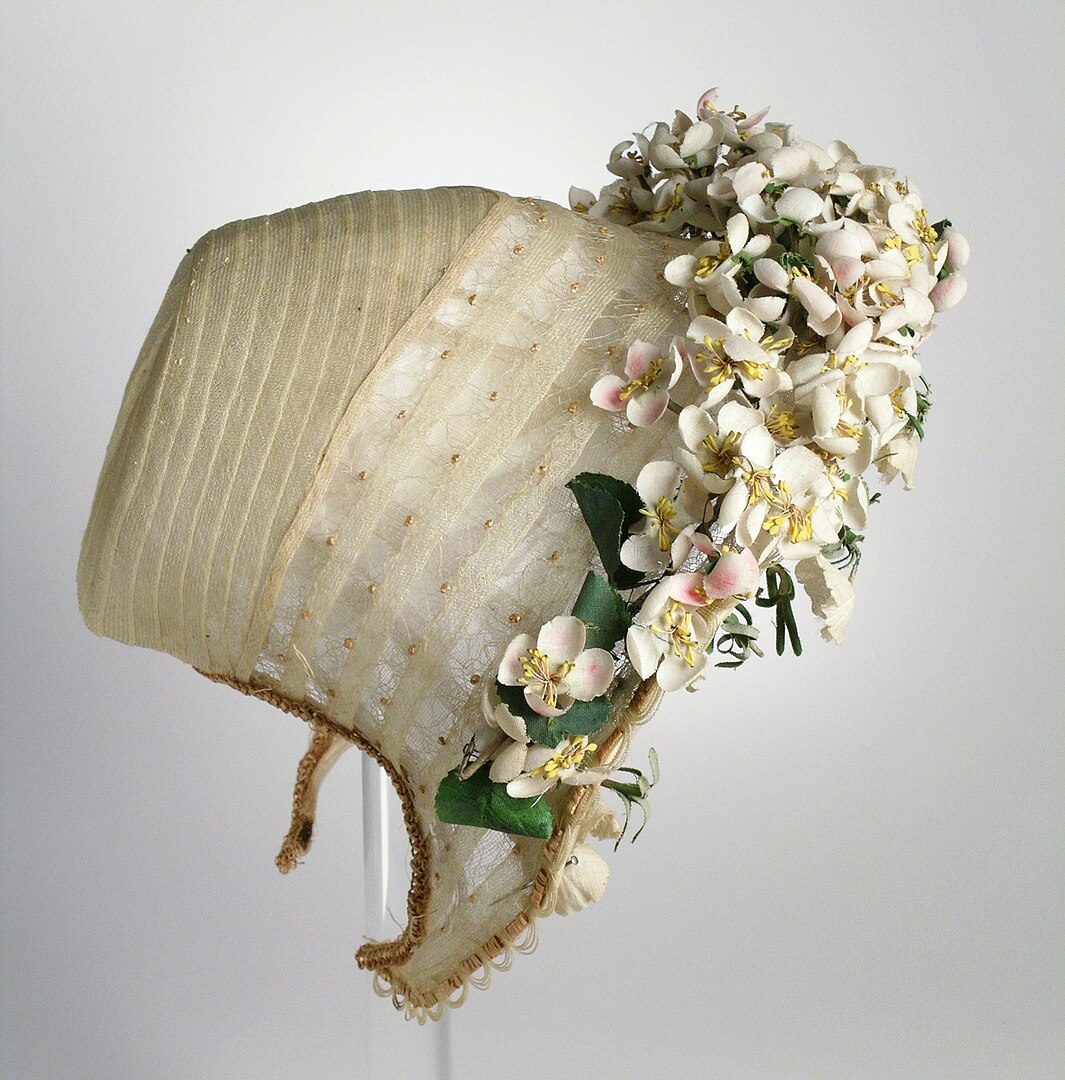The bonnet, a piece of headwear with a long and varied history, has evolved significantly over the centuries. From its origins as a practical accessory for protecting against the elements to its status as a fashion statement and symbol of cultural identity, the bonnet has played a pivotal role in the world of fashion and society at large.
Tracing the journey of the bonnet from its humble beginnings to its contemporary iterations provides a fascinating glimpse into how clothing and accessories can reflect changes in societal norms, values, and aesthetics. This article will take you through the timeline of the bonnet, highlighting key moments in its evolution and the impact it has had on both men’s and women’s lives throughout history.
The Early History of the Bonnet
The bonnet’s journey through history starts in the medieval period, serving as a practical head covering for women, offering protection from the sun and dirt while symbolizing modesty. Initially, these headpieces were simple in design, made from durable fabrics to withstand daily wear and tear. As time progressed into the 16th and 17th centuries, the bonnet began to take on more elaborate forms, reflecting the fashion trends and social status of its wearer.
By the 18th century, the bonnet had evolved significantly, becoming a key fashion accessory among women of the European upper classes. This period saw the introduction of the structured bonnet, which was often adorned with ribbons, lace, and even flowers to showcase wealth and elegance. The bonnet’s design and decoration became a canvas for expressing personal style within the constraints of societal norms.
The Bonnet in the 19th and 20th Centuries
As the 19th century dawned, the bonnet held its place firmly atop the heads of women across Europe and America, evolving with the changing tides of fashion and societal shifts. The Victorian era, in particular, saw the bonnet grow in size and decoration, with wide brims and elaborate trimmings of flowers, ribbons, and lace becoming the norm. These bonnets were not just fashion statements but also symbols of a woman’s marital status and social class. The larger and more ornate the bonnet, the higher the wearer’s status. This period also saw the introduction of the poke bonnet, with its protruding brim creating a tunnel-like effect, offering both style and functionality by protecting the face from the sun.
Moving into the 20th century, the bonnet began to decline in popularity as changing fashion sensibilities and the practical needs of women during the World Wars called for simpler, more functional headwear. The cloche hat, for example, became fashionable in the 1920s, marking a significant departure from the bonnet’s traditional form. However, the bonnet never completely disappeared. It found a niche in specific contexts, such as traditional or religious attire, and became a key element in the folk costumes of various cultures. In these settings, the bonnet continued to be a marker of cultural identity and heritage, albeit on a smaller scale compared to its previous widespread use.
By the late 20th century, the bonnet experienced a sort of renaissance in certain circles, appreciated for its historical significance and romantic appeal. Historical reenactments, period dramas, and the growing interest in vintage fashion have all contributed to a renewed interest in the bonnet, albeit more as a novelty or costume piece rather than everyday wear.
The Bonnet in the Modern Era
In the 21st century, the bonnet has taken on new life and meanings, reflecting the eclectic and diverse nature of modern fashion and cultural expression. While no longer a staple of daily attire, the bonnet has found its place in contemporary society through various avenues. Its presence is most notably felt in the realms of historical reenactment and period dramas, where accuracy in dress is prized, and the bonnet is celebrated for its authenticity and charm. These mediums have helped spark a renewed interest in the bonnet, drawing attention to its historical significance and aesthetic appeal.
Moreover, the bonnet has been embraced by certain communities as a symbol of cultural heritage, particularly within African American culture, where the wearing of satin or silk bonnets at night protects natural hair, maintains hairstyles, and preserves hair health. This practical use transcends mere fashion, embedding the bonnet within daily routines and lifestyles and highlighting its enduring relevance. If you have questions on the other uses of bonnets throughout the years, you can read Answering Frequently Asked Questions About Bonnets.
Fashion runways and designers occasionally revisit the bonnet, reimagining it with modern twists for high fashion looks that nod to its historical roots while pushing boundaries. These iterations often blend traditional elements with contemporary design, showcasing the bonnet’s versatility and timeless appeal.
The Benefits of Wearing a Bonnet
Wearing a bonnet, especially in modern contexts, offers a range of benefits that go beyond mere fashion statements. Here are some of the key advantages:
- Hair Protection: Bonnets, particularly those made from silk or satin, help in reducing hair breakage and split ends by minimizing friction between the hair and pillowcase during sleep. This material choice is gentle on the hair, maintaining its health and luster.
- Moisture Retention: Unlike cotton and other absorbent materials, silk and satin bonnets help retain hair moisture, which is crucial for those with curly or prone-to-dry hair. By preventing moisture loss, bonnets help maintain hair hydration, reducing the risk of dryness and breakage.
- Style Preservation: For individuals who invest time and effort into their hairstyles, wearing a bonnet while sleeping can help preserve these styles longer, reducing the need for daily restyling. This is particularly beneficial for protective styles like braids or curls, extending their lifespan and appearance.
- Convenience: Bonnets offer a convenient way to protect and maintain hair health, especially for those with busy lifestyles. They are easy to wear, requiring minimal effort to secure hair before bedtime.
- Comfort: Designed to be lightweight and secure, bonnets provide a comfortable option for nighttime hair protection. They stay in place throughout the night, offering a hassle-free solution for hair care.
- Scalp Health: By reducing friction and maintaining moisture levels, bonnets can also contribute to a healthier scalp, preventing dryness and potential irritation that can come from contact with harsher materials.
- Versatility: Modern bonnets come in various styles, colors, and materials, making them a versatile accessory that can match different preferences and needs. Whether for practical use at home or as a fashion statement, there’s a bonnet to suit every taste.
- Cultural and Aesthetic Appreciation: Beyond their practical benefits, bonnets also serve as a nod to cultural heritage and historical fashion, offering a way to connect with and appreciate these aspects in a contemporary setting.
Incorporating a bonnet into one’s routine can offer these multifaceted benefits, making it a simple yet effective addition to hair care and personal style practices.
Conclusion
From its early days in the medieval period to its evolution in the Victorian era and its reimagining in the modern world, the bonnet has remained a significant part of our sartorial history. Today, it serves not only as a reminder of the past but also as a versatile accessory that continues to offer benefits in hair care and fashion.




